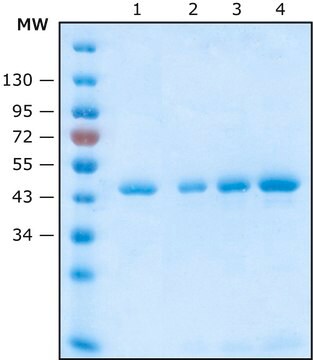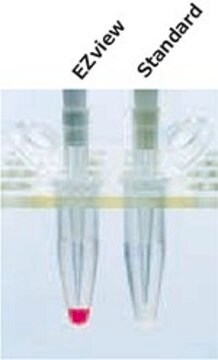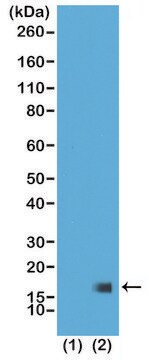H3034
Anti-Histone Deacetylase 3 (HDAC3) antibody produced in rabbit
IgG fraction of antiserum, buffered aqueous solution
Synonym(s):
Anti-HD3
About This Item
Recommended Products
biological source
rabbit
Quality Level
conjugate
unconjugated
antibody form
IgG fraction of antiserum
antibody product type
primary antibodies
clone
polyclonal
form
buffered aqueous solution
mol wt
antigen 50 kDa
species reactivity
rat, mouse, human
packaging
antibody small pack of 25 μL
technique(s)
immunohistochemistry (formalin-fixed, paraffin-embedded sections): 1:500 using human lymph node sections
immunoprecipitation (IP): 1:2,500 using whole lysate of NIH3T3 cells
microarray: suitable
western blot: 1:10,000 using nuclear extract from HeLa human epithelioid carcinoma cells
western blot: 1:2,000 using whole extract of PC-12 rat pheochromocytoma cell line
UniProt accession no.
shipped in
dry ice
storage temp.
−20°C
target post-translational modification
unmodified
Gene Information
human ... HDAC3(8841)
mouse ... Hdac3(15183)
rat ... Hdac3(84578)
General description
Specificity
Immunogen
Application
- immunohistochemistry
- western blotting
- immunoprecipitation
Biochem/physiol Actions
Physical form
Disclaimer
Not finding the right product?
Try our Product Selector Tool.
Storage Class Code
10 - Combustible liquids
WGK
WGK 2
Flash Point(F)
Not applicable
Flash Point(C)
Not applicable
Regulatory Listings
Regulatory Listings are mainly provided for chemical products. Only limited information can be provided here for non-chemical products. No entry means none of the components are listed. It is the user’s obligation to ensure the safe and legal use of the product.
JAN Code
H3034-100UL:
H3034-VAR:
H3034-BULK:
H3034-25UL:
H3034-.2ML:
IXO11460:
Certificates of Analysis (COA)
Search for Certificates of Analysis (COA) by entering the products Lot/Batch Number. Lot and Batch Numbers can be found on a product’s label following the words ‘Lot’ or ‘Batch’.
Already Own This Product?
Find documentation for the products that you have recently purchased in the Document Library.
Our team of scientists has experience in all areas of research including Life Science, Material Science, Chemical Synthesis, Chromatography, Analytical and many others.
Contact Technical Service








